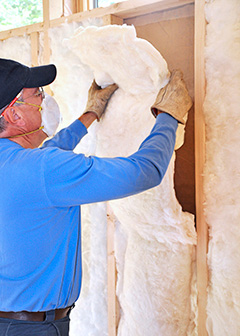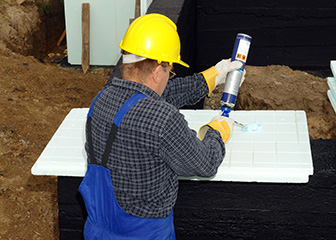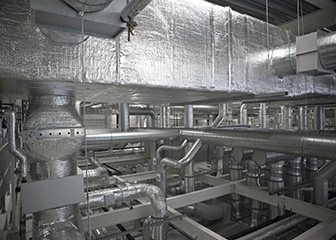Summary

| Quick Facts: Insulation Workers | |
|---|---|
|
$35,110 per year
$16.88 per hour |
|
| See How to Become One | |
| None | |
| See How to Become One | |
| 51,400 | |
| 28% (Faster than average) | |
| 14,400 | |
What Insulation Workers Do
Insulation workers install and replace the materials used to insulate buildings and their mechanical systems to help control and maintain temperature.
Work Environment
Insulation workers generally work indoors in residential and industrial settings. They spend most of the workday standing, bending, or kneeling, often in confined spaces. Floor, ceiling, and wall insulators have a much higher rate of injury and illness than mechanical insulators.
How to Become an Insulation Worker
Most floor, ceiling, and wall insulation workers learn their trade informally on the job. Most mechanical insulators complete a formal apprenticeship program.
Pay
In May 2010, the median annual wage of floor, ceiling, and wall insulation workers was $31,830, and the median annual wage of mechanical insulation workers was $37,650.
Job Outlook
Employment of insulation workers is expected to grow 28 percent from 2010 to 2020, faster than the average for all occupations. Demand will come from improvements made to increase energy efficiency and the building of additional power plants. Floor, ceiling, and wall insulators will face competition for jobs. Mechanical insulators will have excellent job opportunities.
Similar Occupations
Compare the job duties, education, job growth, and pay of insulation workers with similar occupations.
O*NET
O*NET provides comprehensive information on key characteristics of workers and occupations.
Contacts for More Information
Learn more about insulation workers by contacting these additional resources.










